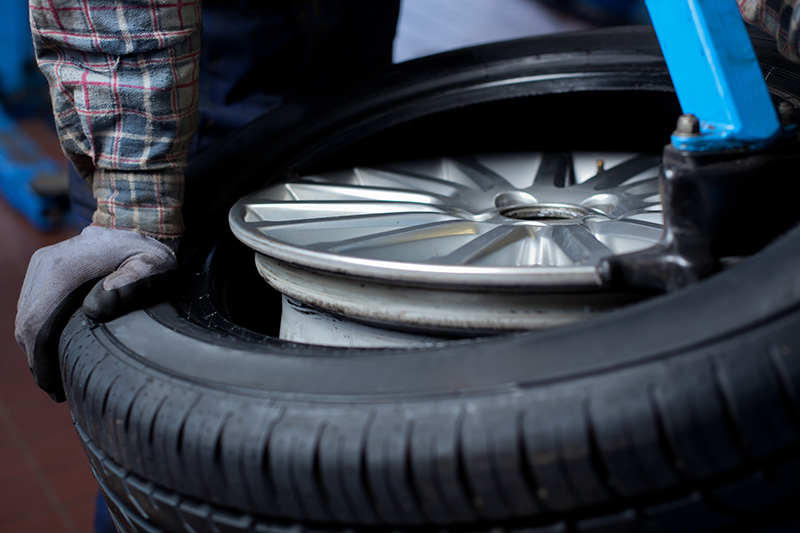
How to look after your tyres
Vehicle tyre care and safety are critical components of responsible car ownership. Tyres are the only part of a vehicle that is in contact with the road, and their condition can significantly affect safety and performance. Here are some tips on how to take care of your vehicle tyres and ensure your safety on the road.
Vehicle tyre care and safety are critical components of responsible car ownership. Tyres are the only part of a vehicle that is in contact with the road, and their condition can significantly affect safety and performance. Here are some tips on how to take care of your vehicle tyres and ensure your safety on the road.
1. Check Tyre Pressure Regularly
Maintaining the correct tyre pressure is crucial for safety and performance. Underinflated tyres can cause increased rolling resistance, which can lead to poor fuel economy, reduced handling, and increased tyre wear. Overinflated tyres can reduce the contact patch and lead to poor grip and handling.
It is recommended to check tyre pressure at least once a month using a tyre pressure gauge. Ensure the pressure is correct according to the manufacturer’s specifications, which can usually be found on a sticker inside the driver’s side door or in the vehicle’s manual.
2. Inspect Tyre Tread Depth
The depth of tyre treads is a critical factor in maintaining good grip and handling. Over time, tyres wear down, reducing the depth of the treads and increasing the risk of hydroplaning on wet roads.
Check the tread depth regularly. Most new tyres have tyre depth markers, if these are the same height as the tread, then it is time to replace the tyre.
3. Rotate Tyres Regularly
Rotating your tyres regularly can help to ensure even wear and prolong their life. Tyres on the front of a vehicle wear differently than those on the back due to weight distribution and steering forces.
It is recommended to rotate tyres every 8000 to 10 000km to ensure even wear and prolong their life.
4. Avoid Overloading Your Vehicle
Overloading a vehicle can put a strain on the tyres and cause them to wear out more quickly. Ensure that you do not exceed the maximum load capacity specified by the manufacturer.
5. Avoid Speeding and Sudden Braking
Speeding and sudden braking can put a strain on the tyres and increase the risk of punctures, blowouts, and other tyre damage. Avoid these actions and maintain a safe and consistent speed when driving.
6. Replace Tyres When Necessary
Even with proper care, tyres will eventually wear out and need to be replaced. It is recommended to replace tyres every six years, even if they appear to be in good condition.
In conclusion, taking care of your vehicle tyres is essential for safety and performance on the road. Regularly checking tyre pressure, inspecting tyre tread depth, rotating tyres, avoiding overloading, speeding and sudden braking, and replacing tyres when necessary are all critical steps to ensure your safety and prolong the life of your tyres.
Justin Jacobs writing for CHANGECARS











